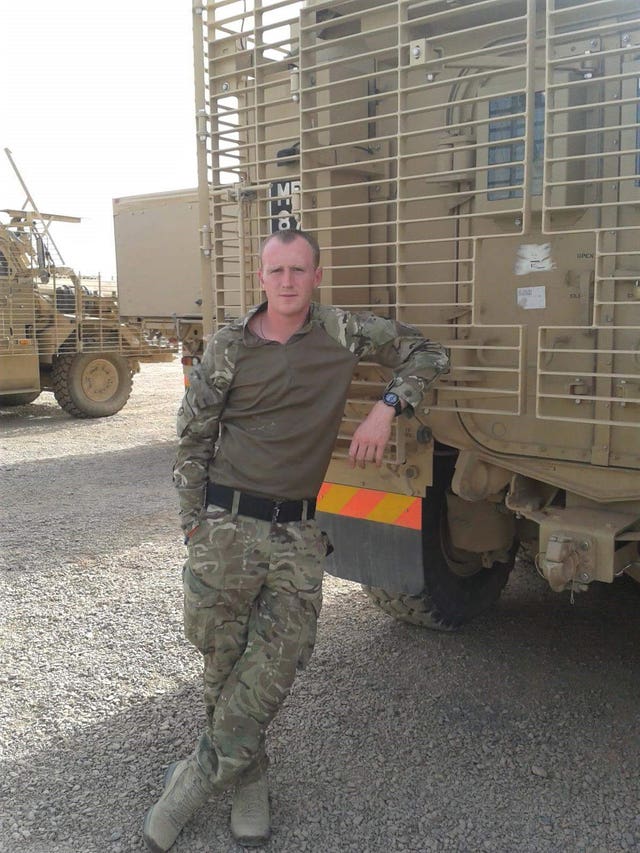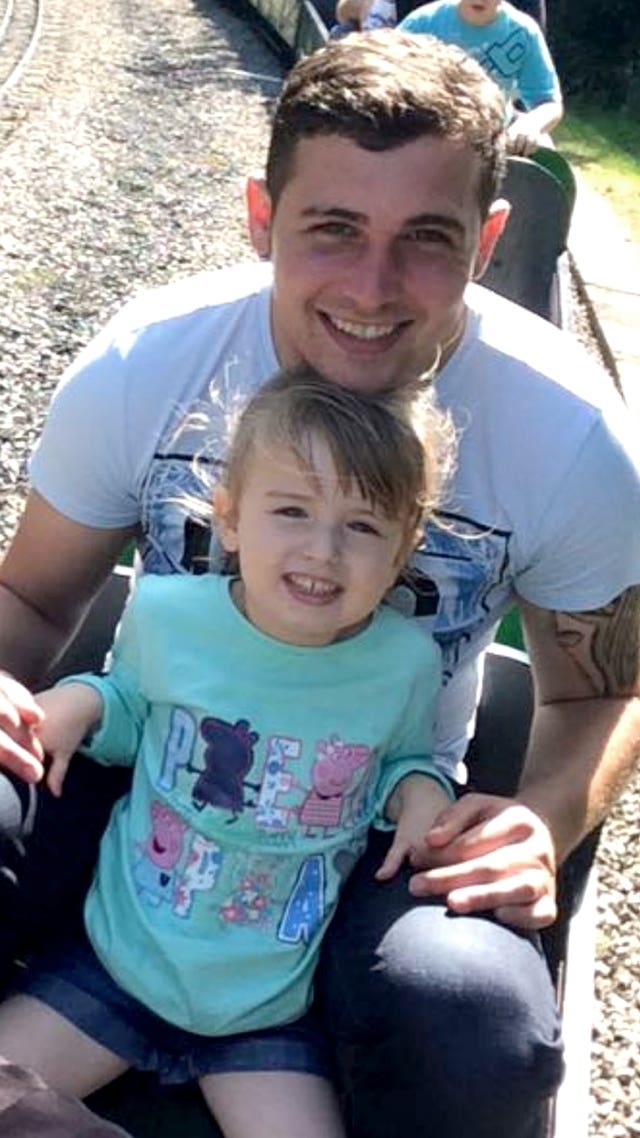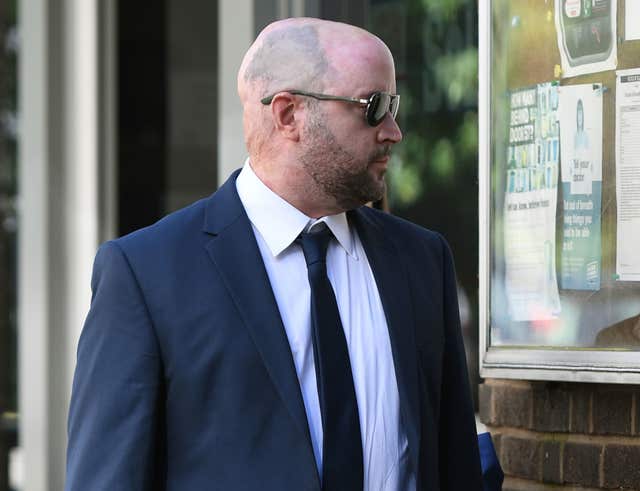Claims tank crews’ key equipment checks in ‘chaos’ heard at soldiers’ inquest
Corporals Matthew Hatfield and Darren Neilson died of their injuries after a blast and fire inside their Challenger 2.

British Army tank crews had been operating a system in “chaos” before a deadly explosion, it has been claimed at an inquest into two soldiers’ deaths.
On the third day of the hearing, a senior coroner heard evidence crews had no formal method of tracking a key gun barrel component, when it was removed each day.
A battle tank commander was asked in court: “You were having to make it up as you go along, that’s fair comment isn’t it?”
To which question, the experienced soldier replied: “Yes.”

A coroner’s court in Solihull, West Midlands, has already heard how the BVA was not fitted in the barrel of the Challenger 2 tank shortly before a deadly explosion at an Army live-firing range on June 14 2017.
Corporals Matthew Hatfield and Darren Neilson, both of the Royal Tank Regiment (RTR) and fathers, died of their injuries after the blast and fire in their tank at Castlemartin ranges Pembrokeshire, Wales.
Cpl Neilson, 31, from Preston, Lancashire, was the tank commander and was thrown from the Challenger 2 during the blast, while Cpl Hatfield, 27, from Amesbury, Wiltshire, was loading ammunition.
The men, both combat veterans, and highly trained and skilled regimental gunnery instructors, were taking another soldier Warrant Officer Stuart Lawson for a “guest shoot”.

The senior coroner heard on Wednesday there was no formal system in place to track when a BVA had been removed, inspected, and refitted.
Lance Corporal Thomas Gough, the loader with the tank’s earlier crew, told how once he had cleaned the BVA, he then had it stored in a box within the tank’s turret, called the “brew bin”.
But earlier he agreed it was “common practice” to take the BVA to the tower for engineering inspection.

She then asked: “How would anyone know it was in the brew bin?”
L/Cpl Gough, who had been with the regiment six years, replied: “Well, they wouldn’t, unless I told them.”
He would normally have told his crew commander, Sergeant Paul Mitton, the tank had been completely “stripped down” but that day he was busy with other tasks and “forgot”.
L/Cpl Gough also added that he had had a 30-second conversation with Cpl Neilson, before the incident, but it was not about the tank.

L/Cpl Gough told the hearing he had fully stripped down the tank’s gun, removing not only the BVA but several other components, and stored them within the turret.
Ms Hunt asked him: “What I am struggling with is how someone as experienced as Cpl Hatfield could get into a tank and think it could fire, so are you sure you put those things where you say?”
“Yes,” he replied.
He was also asked about “inconsistencies” between his testimony and a statement he gave to Ministry of Defence (MoD) investigators five months previously.
But L/Cpl Gough said he stuck by his remarks in the witness box having had that time to “re-think through” what happened that day.

The sergeant, with the RTR for 18 years, said: “That’s correct.”
Mr Rawlinson asked: “There’s no system for making sure the incoming crew know what’s happened to the BVA, is there?”
“No there’s no system,” the sergeant said.
Mr Rawlinson then asked him: “This is chaos, isn’t it?”
Sgt Mitton replied: “On ranges, there can be quite a lot of pressure and I think sometimes the pace of life on the range is quite fast.”
Army tank drills have now been changed to check the BVA is present.





